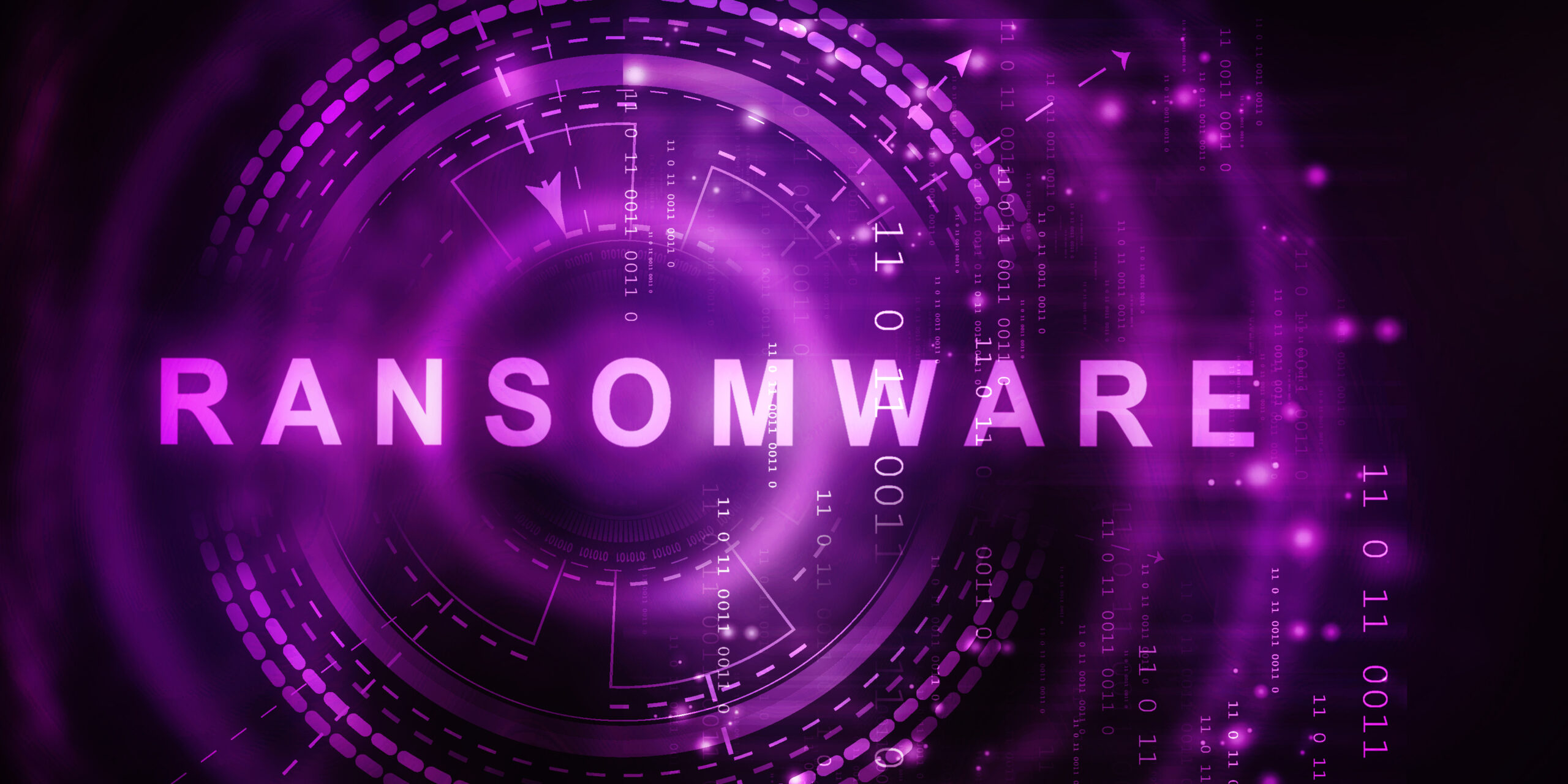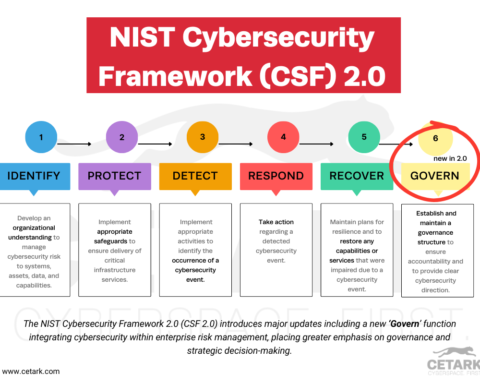Security is becoming a top priority for many companies as the world shifts towards more digital business solutions and services. As reported in the Sophos State of Ransomware Report 2022, there has been an immense
surge in ransom payments since 2020; a massive 4.8 times increase to US$812,360 on average (as answered by 282 respondents).
This marks a significant difference from the previous year’s figure of US$170K.Businesses must act now to protect their data and operations against these dangerous cyber threats — but how?
Ransomware is an insidious form of malware that can hold crucial information hostage until a ransom payment is made. In a way, it could be a dangerous weapon that causes significant harm. Phishing e-mails are a standard means of transmission, and ransomware is spread via drive-by downloads. The download process happens if an internet visitor sees infected websites. Advanced attacks quickly attack a computer endpoint, and ransomware attacks are easy. This is the main reason to prepare well for upcoming meetings and events. As the complexity of attacks increases, ransomware’s impact goes beyond just a small cost to businesses.
The prevalence of ransomware is continuously climbing, with three significant components contributing to its growth.
- The rise of Ransomware as a service (RaaS), the increasing availability of exploit kits, and the proliferation of IoT devices have created a massive attack surface for cybercriminals.
- The emergence of cryptocurrency as a payment tool for ransomware has made it simpler and more appealing to attackers seeking ransom settlements.
- State sponsorship of cybercrime has also been a significant contributor to the rise of ransomware.
The best way for businesses to protect themselves against ransomware is to implement security measures that can detect and stop malicious activity before it has a chance to spread across their networks.
Here are some tips on how you can do this:
Implement a robust Zero Trust Architecture
Organizations may enhance their security posture by adopting zero trust architecture. For a zero-confidence system to exist, a user must have an authenticated and verified identity before gaining access to the organization’s network or the data he has collected from the company. In addition to the architecture, it is also possible to implement identity access management software. This enables IT team management to control access to any system or application based on user identification. The identity protection system provides a range of information about identity security for a data center or server.
Assemble and exhaustively examine an Incident Response Plan to ensure its effectiveness.
Organizations are often informed about threats to their environment but need to possess the information required to solve the problem. Recognizing and addressing threats can help prevent an unexpected incident from happening and prevent an unexpected incident. Emergency response plans and playbooks aid in rapid decision-making. Plans need to be implemented throughout the entire response program. They must assist in deciding on security, so if they have no problem handling a critical notification, a response crew will miss it.
Strengthen Endpoints
As part of a long attack lifecycle that ends up with a distributed ransomware deployment, threat players often employ several exploitative technologies. Various techniques can be used to exploit poor AD configuration and publicly accessible exploits on unpatched systems and applications.
Take the Necessary Steps to Elevate Your Email Security and Safeguard Your Data.
Phishing emails have become a major threat for any organization, as they often contain malicious links that can lead to malware or ransomware infiltrations. To protect against such attacks, Cetark recommends using webmail security solutions with URL filtering and attachment sandboxing capabilities. These automated systems provide an extra layer of defense by quarantining messages retroactively without the need of direct user contact—keeping your networks secure at all times!
Secure your virtualization management infrastructure by limiting access.
In addition, threat actors engaged in ransomware hunting have continually developed innovative ways to improve their attacks. Recently released technologies allow attackers to attack virtualization directly from within. It will enable a targeted hypervisor that deploys and stores virtual machine data (VMDK). In addition to detecting malicious behavior, the virtualized machine’s security system cannot detect endpoints or applications.
Ransomware-proof data with offline backups
Since ransomware has become an important method of money-making, hackers have stepped forward to make their software extremely efficient to protect victims. The most significant consideration in creating a ransomware-proof backup infrastructure is that threat actors target online backups before deploying malware on the environment. The safest way to recover from ransomware attacks is by creating ransomware-free backup systems.
Bolster the Reliability of Your Internet-facing Applications.
The most crucial internet-facing applications, such as web servers and databases that handle significant volumes of sensitive information, should be regularly monitored for any malicious activity. As with other security measures, making sure these systems are hardened against attacks is a critical aspect of ransomware resilience. Organizations should create their own policies to control access to vital data stored in web-facing applications and limit application privileges accordingly.
Monitor Network Traffic via a SIEM Platform
The latest generation of SIEM solutions offers comprehensive monitoring capabilities with the ability to detect and respond to malicious activities in real time. By continuously monitoring networks, administrators can identify suspicious requests and block them before they cause any damage. With an integrated alert system, these systems can also provide timely notifications about malicious actors on the network.
Practice good IT Hygiene
Keeping your endpoints and workloads in your environment safe is essential to minimize attacks. IT hygiene is an important tool in providing full network transparency for businesses. These views are bird-eyed and allow you to dig and clean up your environment. Once this level of clarity is achieved, IT Hygiene can be highly beneficial to your enterprise.• Implementing a comprehensive cybersecurity strategy is essential for any business trying to protect itself from ransomware attacks. This should include installing antivirus software and firewalls, as well as updating systems regularly. It’s also important to create user accounts with strong passwords and restrict access to sensitive data or systems.
Educating employees about common phishing scams
Educating employees is also crucial when it comes to preventing ransomware attacks. Encourage employees not to open suspicious emails or links, as these may contain malicious code that could lead to an attack on your system.
Finally, consider investing in managed IT services
so that you have a team of dedicated professionals monitoring your network 24/7 and responding quickly if they detect any suspicious activity or potential threats.
With Cetark’s 24×365 SOC services, you can have complete peace of mind knowing that your data is secure and protected. Our team of specialists will regularly monitor your systems for any suspicious activity to ensure a prompt response in the event of potential threats. Rely on us to provide only the best security measures so that you can rest assured that all your information remains safe at all times.
Cetark’s Ransomware resilience framework
The concept of ransomware resilience provides critical insights into how organizations can prepare to protect themselves against malicious attacks. By taking proactive steps, companies can reduce the risk of a breach while also increasing their response capabilities in the event one occurs. This strategy emphasizes preventative measures over reactionary responses and allows businesses to safeguard their data confidently. The framework is designed to guide how companies should assess their current security posture and what steps they need to take to strengthen their defenses.
The ransomware resilience framework consists of four core components:
1. Risk Assessment – Companies must identify and assess any external threats, understanding the ramifications of a successful attack.
2. Security Governance – Establishing roles, policies, and processes to define how security will be managed within the organization.
3. Network Security – Utilizing the latest security measures to protect networks and systems from intrusion and attack.
4. Endpoint Management & Protection – Understanding the relationship of endpoints with the rest of the IT infrastructure and implementing policies that ensure they are secure while still being able to perform their necessary functions.
With these best practices in place, organizations can significantly reduce their risk of a ransomware attack and ensure their data remains safe and secure. The right combination of preventative measures and response strategies can
As cybercrime continues to evolve, businesses must stay one step ahead by implementing preventative measures against ransomware threats in 2023. By following the tips outlined above—from investing in cybersecurity technology and educating employees about phishing scams to backing up data regularly and investing in managed IT services—businesses can reduce their risk of falling victim to a ransomware attack and protect their valuable data from being held hostage by cybercriminals. Good luck!







